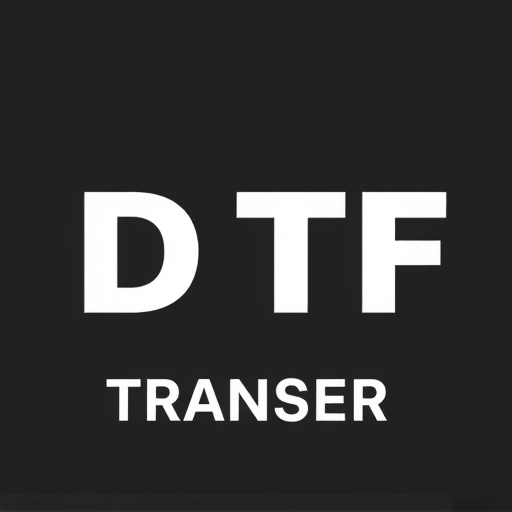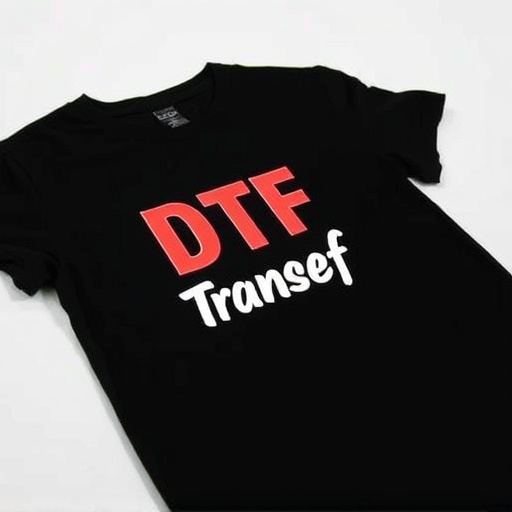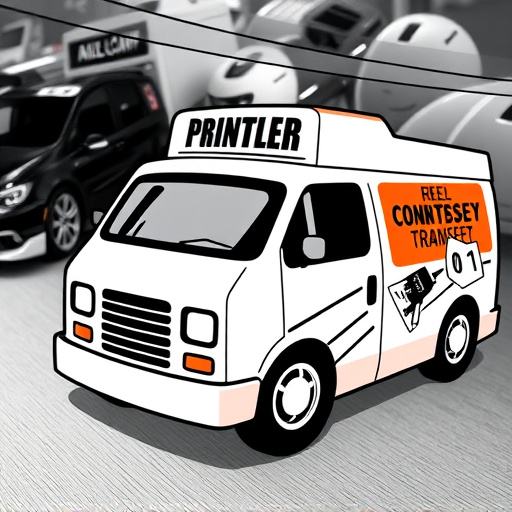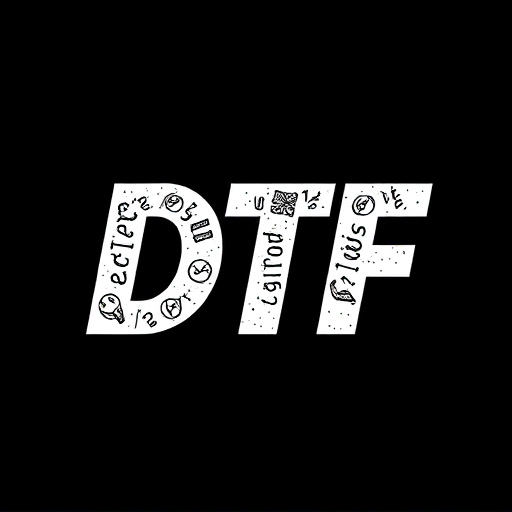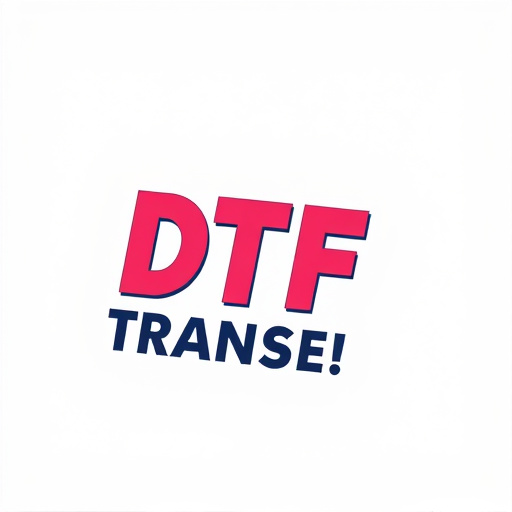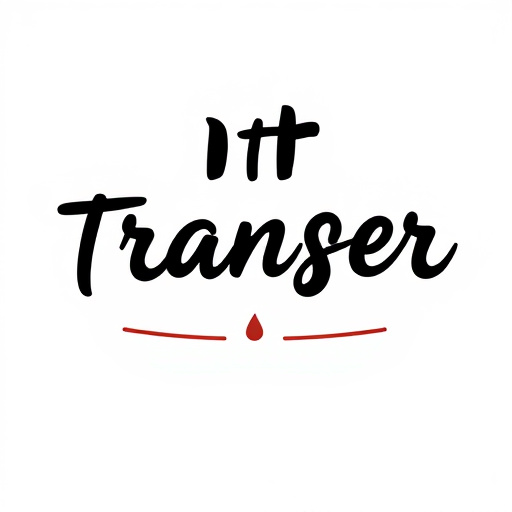Direct-to-film (DTF) technology is revolutionizing artistic expression by directly printing images onto media like film or canvas using laser technology. This method offers unparalleled precision, vibrant colors, and exceptional detail, eliminating preparation charges and enabling on-demand custom prints. DTF is cost-effective and accessible, empowering artists and businesses to create high-quality, flexible prints swiftly and efficiently for various applications, from textiles to signage. By selecting the right materials, calibrating printers, and using top-tier inks, users can significantly improve DTF transfer reliability and print outcomes.
Direct-to-film (DTF) transfers are transforming the way businesses and individuals create custom prints. This cost-effective method eliminates traditional preparation charges, making it an attractive option for on-demand production. In this comprehensive guide, we’ll explore DTF’s benefits, from streamlined customization to enhanced efficiency. Learn about the process, material selection, common challenges, and real-world case studies showcasing its versatility across various industries. Discover why DTF transfers are a game-changer for print demands both big and small.
- Understanding Direct-to-Film (DTF) Transfers: A Comprehensive Overview
- Benefits of DTF Printing for Customization and Efficiency
- The Process: From Design to Final DTF Prints
- Choosing the Right Materials for Optimal DTF Transfer Results
- Common Challenges in DTF Transfer and How to Overcome Them
- Case Studies: Successful Implementation of DTF Transfers in Various Industries
Understanding Direct-to-Film (DTF) Transfers: A Comprehensive Overview
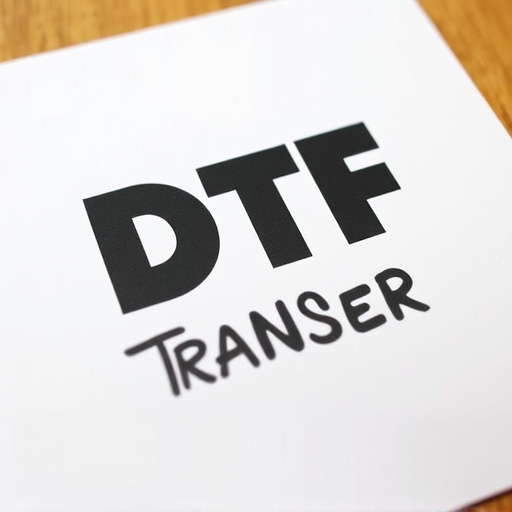
Direct-to-film (DTF) transfers are a cutting-edge printing method that bypasses traditional intermediate steps, directly transferring images onto various media, such as film or canvas, using advanced laser technology. This innovative process simplifies the printing experience, eliminating additional preparation charges often associated with conventional printing methods. DTF offers unparalleled precision, vibrant colors, and exceptional detail, making it a favorite among artists and enthusiasts alike.
DTF Printing has revolutionized the way we approach artistic expression, allowing for custom prints on demand. With its ability to capture intricate details and rich color profiles, DTF Transfers ensure that every print is a true reflection of the original artwork. This technology is not only accessible but also cost-effective, providing artists with a flexible and efficient way to bring their visions to life without compromising quality.
Benefits of DTF Printing for Customization and Efficiency
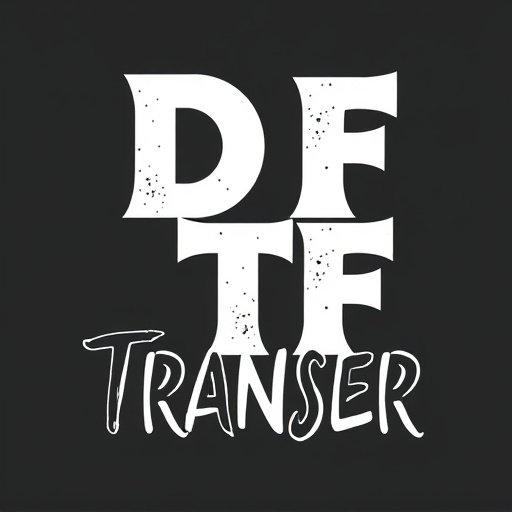
Direct-to-film (DTF) printing offers a host of benefits for businesses and individuals looking to create custom designs with speed and efficiency. One of its key advantages is the elimination of additional preparation charges, making it an economical choice for small batch productions or one-off projects. With DTF, your design is directly printed onto the final medium, whether it’s fabric, paper, or other materials, eliminating the need for complex setup processes.
This direct approach streamlines the production process, allowing for faster turnaround times and increased flexibility. Customization becomes a seamless experience as you can effortlessly adapt designs to suit specific requirements without incurring extra costs. DTF Printing is particularly advantageous for businesses aiming to test market ideas or create limited-edition items, ensuring a cost-effective and efficient solution for bringing unique concepts to life.
The Process: From Design to Final DTF Prints
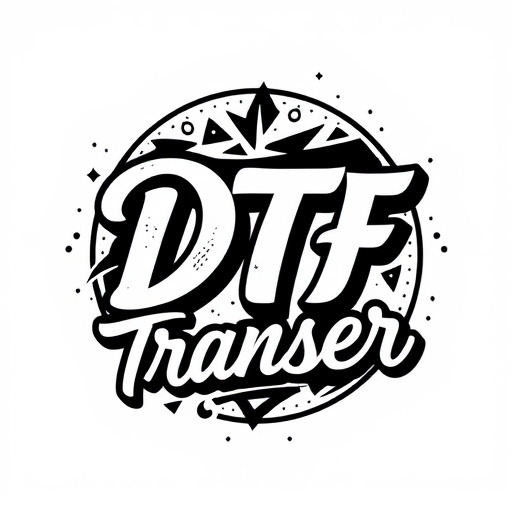
The journey from design to final DTF (Direct-to-film) prints is a seamless process, eliminating additional preparation charges. It begins with the creation or acquisition of art files, which are then meticulously prepared for printing. This involves ensuring the designs meet the required specifications, including resolution and color profiles, optimized for the specific DTF transfer technique. Once approved, these digital files are sent to specialized printers capable of applying the design directly onto various materials, such as vinyl or fabric.
The printer aligns the image with precision, using advanced machines that cure the ink instantly upon contact with the substrate. This direct application method ensures fast turnaround times and high-quality results. After printing, the DTF transfers go through quality control checks to guarantee consistency. Any imperfections are promptly addressed, ensuring the final products meet the highest standards. This streamlined process allows for efficient production without incurring extra costs, making DTF a cost-effective solution for both small and large-scale projects.
Choosing the Right Materials for Optimal DTF Transfer Results

When embarking on a direct-to-film (DTF) transfer project, selecting the appropriate materials is paramount to achieving exceptional results. The quality and characteristics of both the film and ink play a pivotal role in the final output. Opting for top-tier DTF films ensures optimal adhesion and durability, allowing for precise image reproduction. These films are designed to withstand various printing techniques, making them versatile for different applications.
Additionally, choosing compatible inks is crucial. DTF printing inks should be specifically formulated for direct application onto film, offering vibrant colours and crisp details. The compatibility between the chosen film and ink ensures smooth layering, minimising the risk of smudging or fading. By aligning your materials with your project’s requirements, you set the stage for a successful DTF transfer, delivering high-quality DTF prints that meet professional standards.
Common Challenges in DTF Transfer and How to Overcome Them
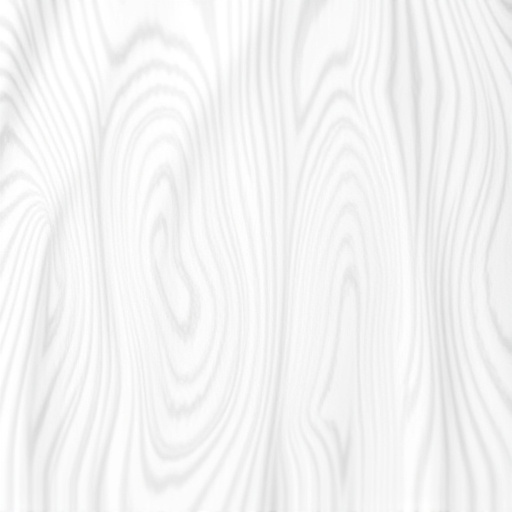
Direct-to-film (DTF) transfers have gained popularity for their ability to create high-quality prints directly on various materials. However, this process isn’t without challenges. One of the primary hurdles is ensuring accurate color reproduction across different substrates, as each material has unique properties that can affect ink adhesion and final color appearance. To overcome this, professionals recommend calibrating printers specifically for DTF printing and using high-quality inks designed to bond optimally with diverse surfaces.
Another common challenge lies in achieving sharp details and preventing smudging during the transfer process. This often involves meticulous preparation, including cleaning the film surface thoroughly and applying appropriate release agents to prevent ink from adhering too strongly. Additionally, precise cutting techniques are essential to avoid damaging the film or print quality. By addressing these issues through proper material selection, calibration, and meticulous preparation, users can significantly enhance the reliability and outcome of DTF transfers and prints.
Case Studies: Successful Implementation of DTF Transfers in Various Industries
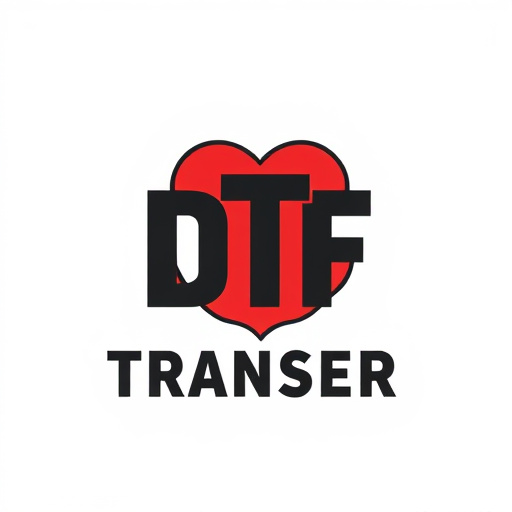
Direct-to-film (DTF) transfers have proven to be a game-changer across multiple sectors. Case studies show that DTF printing offers cost-effective solutions for high-quality, durable prints in industries ranging from textiles to signage. For instance, in the apparel industry, brands are leveraging DTF technology to create unique, limited-edition clothing lines, eliminating the need for intricate and costly screen printing set-ups. This approach not only streamlines production but also allows for on-demand customization, catering to the fast-paced demands of modern consumers.
Similarly, in the signage sector, DTF transfers are revolutionizing the way businesses create outdoor displays. Traditional methods often incurred significant charges for set-up and maintenance, whereas DTF printing offers a more affordable and efficient alternative. This technology enables companies to produce vibrant, long-lasting prints directly on various materials, from vinyl banners to aluminum signs, without additional preparation fees. As a result, businesses can quickly adapt to changing market trends, ensuring their messaging remains fresh and impactful.









